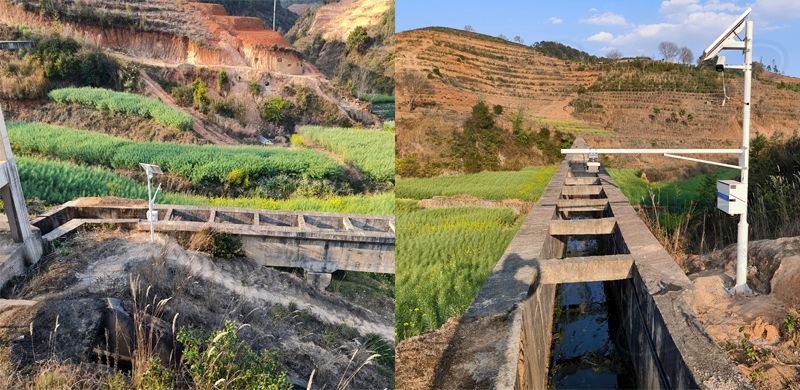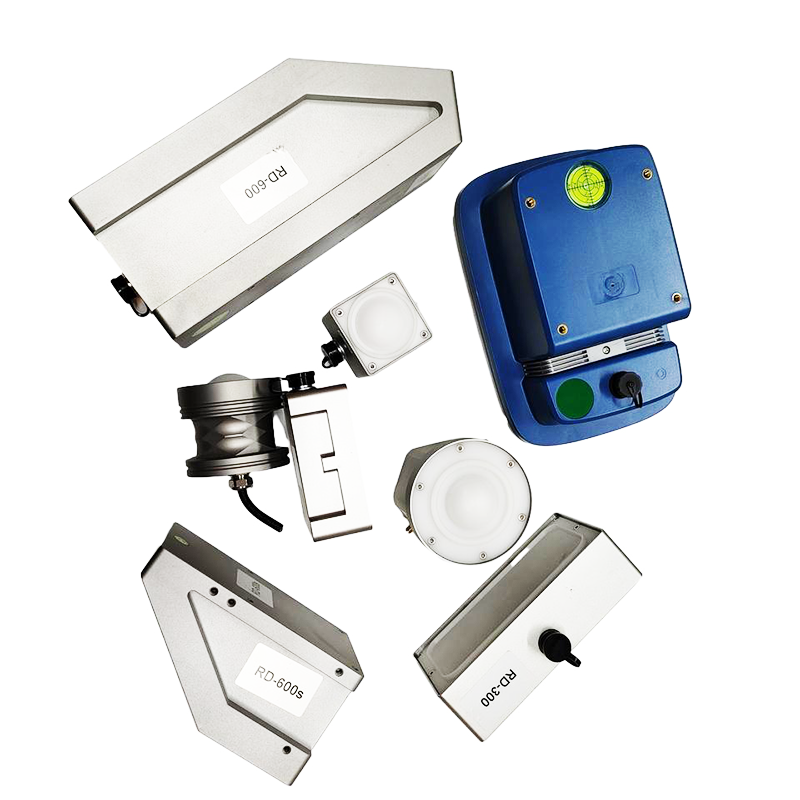One of the more unique measurement landscapes is open channels, where the flow of liquids along a free surface is occasionally “open” to the atmosphere. These can be tough to measure, but careful attention to flow height and flume position can help boost accuracy and verifiability.
In the world of effective and accurate water measurement, there are several tools to choose from. Depending on the situation, the flow of liquid and the location where water measurement is required, there is most likely an effective fluid metering solution. However, one of the more unique measurement landscapes is that of open channels – which include irrigation ditches, streams, water works processes, and sanitary and stormwater sewage system flows – where the flow of liquids along a free surface is occasionally “open” to the atmosphere.
Effective flow measurement of an open channel can prove to be challenging. Open-flow channels are not pressurized, and therefore full-pipe measuring elements such as Venturi, electromagnetic or strap-on transit-time flow meters are not viable. A common way to gauge flow through an open channel is to measure the height or “head” of fluid as it passes a restriction (like a flume or weir) in the channel. For any open channel that is free-flowing through a specific controlled primary metering element, the flow height (head) can be an accurate indicator of the flow volume and therefore provides reasonable measurement of the flow rate.
Then the Doppler radar water level flowmeter we developed can achieve accurate measurement
Conclusion
Accurate flow measurement for open channels is becoming increasingly important. Extensive sloping, sedimentation or drastic changes to geometry can, and often do, negatively impact the accuracy and dependability of a traditional Parshall flume. Due to the reduction of available stream water combined with the importance for metering and managing the fluid flow of sewage and other open-channel liquid flows, accuracy must be taken into consideration to select an effective solution. To deliver reliable, traceable results requires looking beyond the traditional offerings to the next generation of verifiable traceable flow measurement solutions.
Post time: Oct-14-2024



